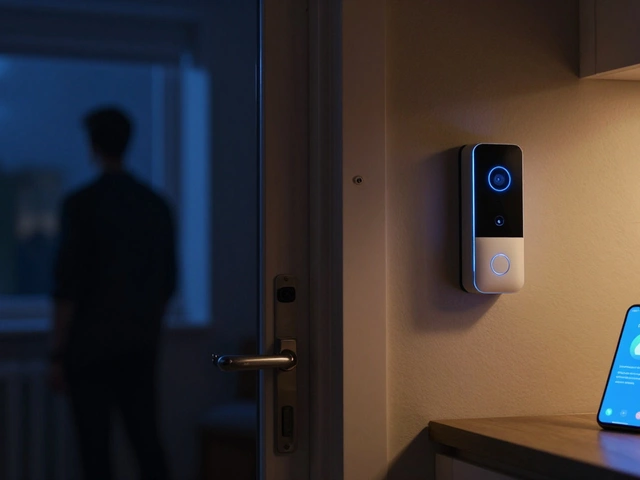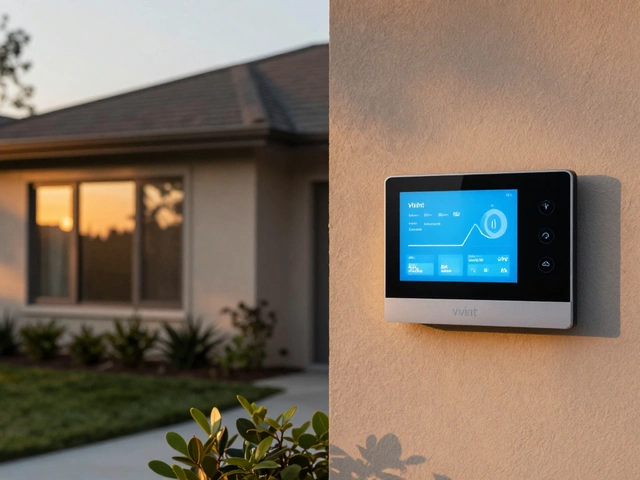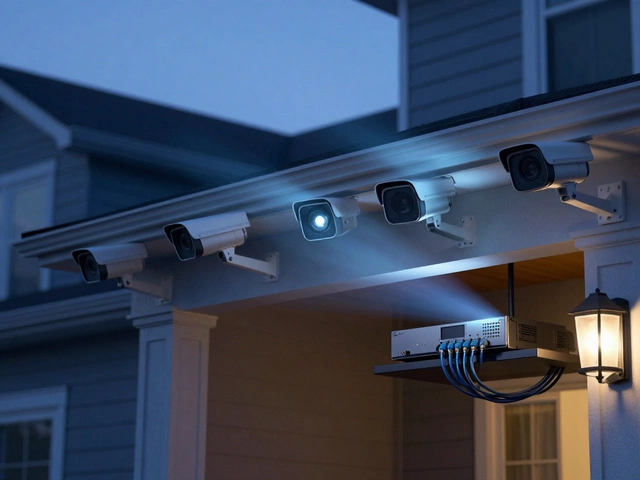Monthly Charge Explained: What You’re Really Paying Each Month
When you see a price tag that says ‘£X per month’, it can feel like a mystery. Is it a subscription? A hidden fee? Let’s break it down so you know exactly what shows up on your statement.
A monthly charge is any amount you pay regularly—usually every 30 days. It can be for a streaming service, a security alarm, a phone plan, or even a gym membership. The important part is that the date repeats, so you can plan your budget around it.
Understanding Different Types of Monthly Charges
Not all monthly fees are created equal. Some are straightforward, like a Netflix subscription that says £9.99 per month and gives you unlimited streaming. Others are layered, like a security system that charges a base fee for monitoring and adds extra for cameras or cloud storage.
Look for three common patterns:
- Flat-rate plans: One price, same every month. Easy to track.
- Tiered plans: Different levels (basic, premium) with different prices. Choose the level that fits your use.
- Usage-based add‑ons: A core fee plus extra charges when you go over limits (data overage, extra cameras, etc.).
Many services also offer a free trial that rolls into a paid monthly charge. If you forget to cancel, you’ll see a charge appear unexpectedly. Setting a reminder before the trial ends can save you a surprise bill.
Tips to Keep Your Monthly Bills Low
Here are a few quick tricks to stop monthly charges from creeping up:
- Audit your subscriptions: Once a year, list every service you pay for. Cancel anything you haven’t used in the last month.
- Bundle when possible: Some providers give a discount if you combine internet, phone, and TV. The math works out cheaper than separate plans.
- Negotiate: Call the customer service line and ask for a lower rate. Loyalty discounts are common if you ask.
- Watch for hidden fees: Activation fees, early‑termination charges, and equipment rentals can add up. Read the fine print before you sign up.
- Use budgeting apps: Set up alerts for any new monthly charge. The app will flag unfamiliar payments so you can investigate.
Remember, a monthly charge isn’t automatically a bad thing. A reliable home alarm that costs £15 a month could save you far more if a break‑in happens. The key is to match the cost with the value you actually get.
Next time you see a £X per month line, pause and ask yourself: What am I getting? Is this the best price for that service? If the answer is clear, you can keep that charge confidently. If not, it’s time to shop around.
Understanding monthly charges gives you control over your budget. No more surprise fees, just clear choices that fit your life.






